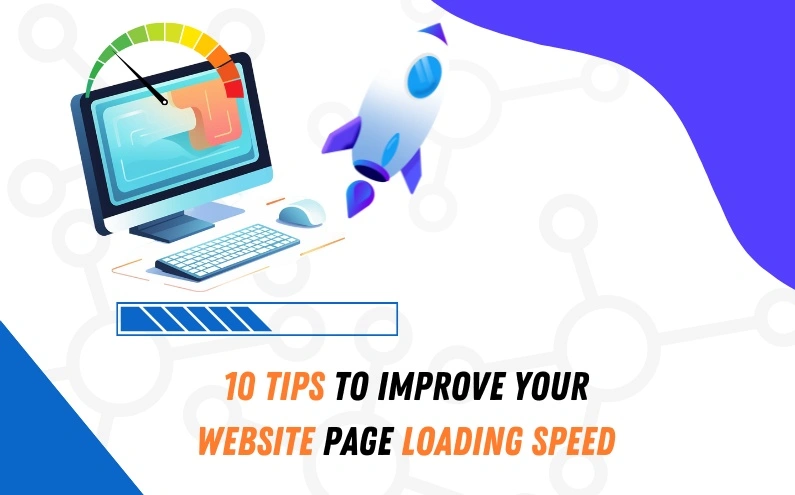1. Optimize And Compress Images
Images often constitute a large portion of a webpage’s total size, slowing down loading times significantly if not optimized properly. To improve loading speed, optimize images by resizing them to the correct dimensions for their use on the website. Additionally, use image compression tools like Photoshop or online services such as TinyPNG or ImageOptim to reduce the file size without sacrificing image quality.
2. Minimize HTTP Requests
Each element on a webpage, including images, scripts, and stylesheets, requires an HTTP request to load. Minimizing these requests can greatly improve loading speed. Consolidate files where possible by combining multiple scripts into one and using CSS sprites to combine multiple images into a single image file. This reduces the number of HTTP requests needed to render a webpage.
3. Enable Browser Caching
Browser caching allows a visitor’s browser to store certain elements of your website locally, such as images, CSS files, and JavaScript files, so that they don’t need to be downloaded again on subsequent visits. By setting appropriate caching headers on your server, you can improve loading times for returning visitors and reduce server load.
4. Utilize A Content Delivery Network (CDN)
A Content Delivery Network (CDN) is a service that spreads out your website’s static resources—like images, CSS, and JavaScript—across multiple servers worldwide. This global distribution minimizes the physical distance between the user and the server delivering the content. Consequently, it accelerates loading times by ensuring users can access files from a server closest to them. Well-known CDNs include Cloudflare, Amazon CloudFront, and Akamai.
5. Optimize CSS, JavaScript, And HTML through Minification
Minification is the process of stripping unnecessary characters from code files, such as spaces, comments, and formatting, without altering their functionality. By reducing the size of CSS, JavaScript, and HTML files, minification enhances the speed at which visitors’ browsers download and interpret these resources. Tools like UglifyJS and CSSNano automate this process during development, ensuring your website’s code remains lean and efficient for optimal performance.
6. Reduce Server Response Time
The speed at which your server responds to requests significantly affects how quickly your web pages load. To decrease server response time, opt for a dependable hosting provider with swift servers and streamline your website’s backend code. Employ server-side caching and optimize your database to enhance response times and boost overall server performance.
7. Enable Gzip Compression
Gzip compression reduces the size of files transferred between your server and visitors’ browsers, significantly decreasing loading times. Most modern web servers and browsers support Gzip compression, which can be enabled by configuring your server settings or using plugins and tools available for various content management systems (CMS) like WordPress.
8. Optimize Your Website’s CSS And JavaScript Delivery
Loading CSS and JavaScript files can delay rendering of the page content. Optimize their delivery by placing CSS in the document
and JavaScript at the end of the tag to allow the page to render progressively. Consider using asynchronous or deferred loading techniques for non-critical scripts to prioritize content visibility.9. Implement Lazy Loading For Images And Videos
Lazy loading delays the loading of images and videos until they are needed, such as when they enter the viewport as the user scrolls down the page. This technique reduces initial load times and data usage, particularly on long webpages with numerous media elements. Many CMS platforms and JavaScript libraries offer plugins and scripts for easy implementation of lazy loading.
10. Regularly Monitor And Test Your Website’s Performance
Optimizing page loading speed is an ongoing process that requires regular monitoring and testing. Use tools like Google PageSpeed Insights, GTmetrix, or Pingdom to analyze your website’s performance metrics, identify bottlenecks, and implement further optimizations. Monitor changes in loading speed over time and adjust your strategies as needed to maintain optimal performance.

